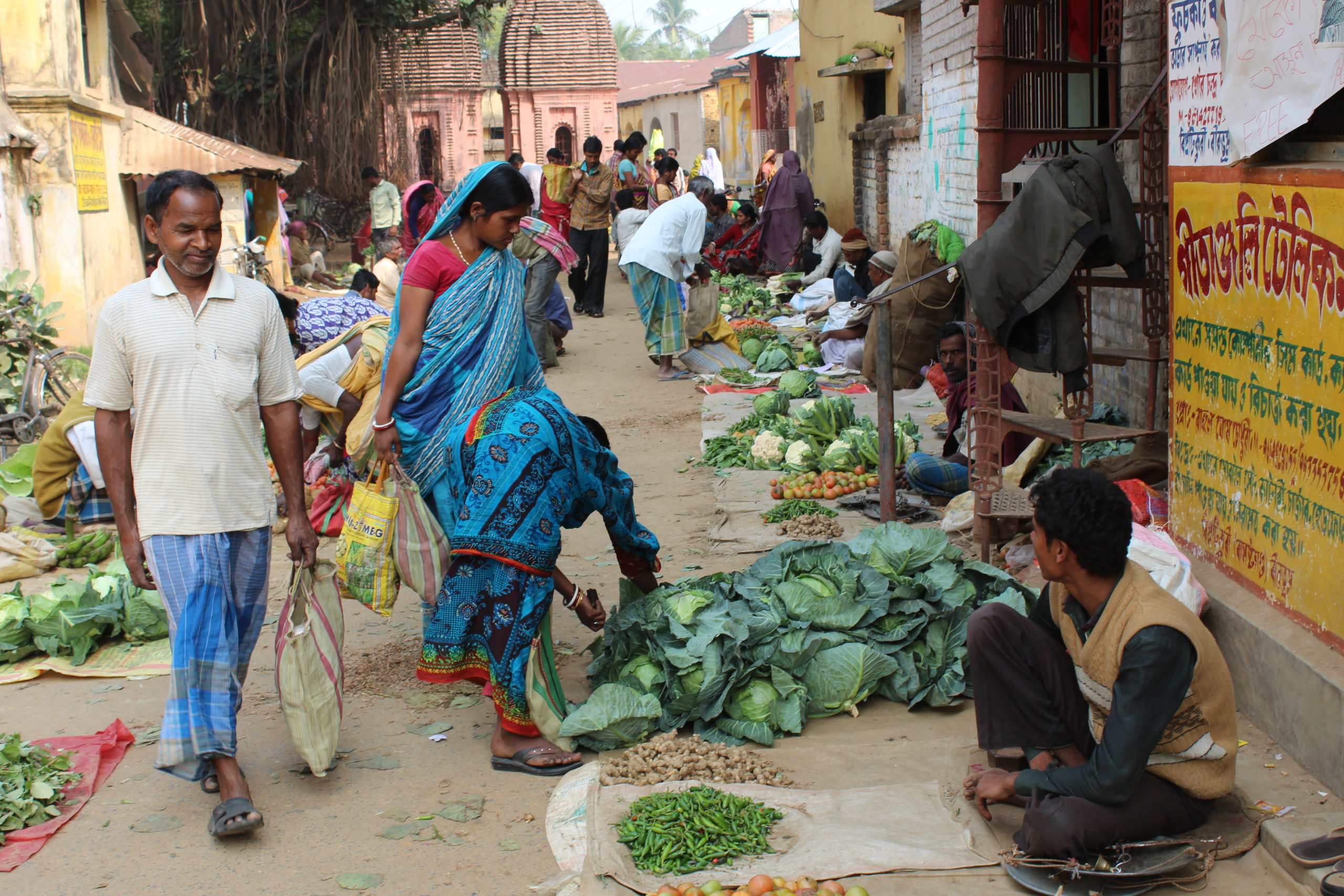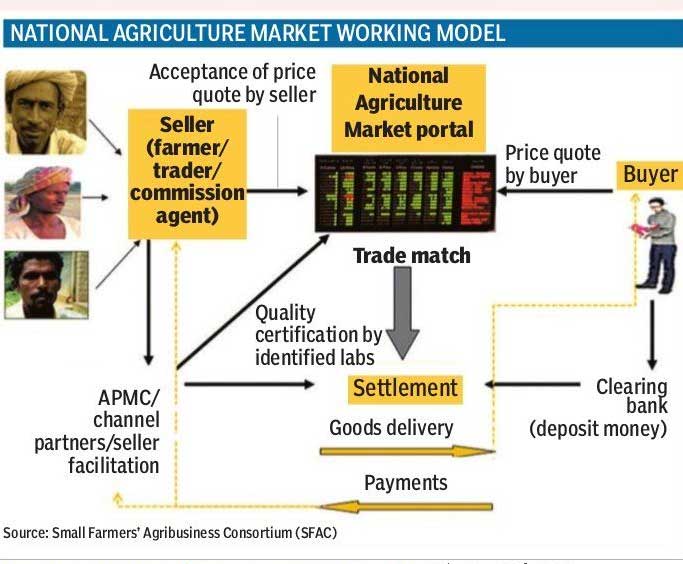e-National Agricultural Market Portal: a step forward in empowering India’s farming community

There are nearly 15 million Indian farmers (‘Main’ cultivators) less than there were in 1991. On an average, a farmer gets only 10%-30% of the price we pay in the market. Till June 2015, in the drought hit Marathawada region of Maharashtra, 1300 farmers’ have committed suicide. These figures are appalling so is the thought that the farming community which is primarily responsible for the country’s food production is living under the continued distress of food and economic insecurity. So, why are our farmers are leading a crisis-ridden lives?
To put it briefly, our farmer is able to realize only a miniscule share of the market price of his produce, which is not even sufficient to recover the basic input costs, pushing him into vicious cycle of debts and distress. Is anyone listening?
On 14th April 2016, our evangelist Prime Minister Shri Narendra Modi launched the e-National Agricultural Market (eNAM). He expresses with optimism about an ideal scenario:
“Through eNAM, I say with full faith, my farmer will now decide where his crop will sell, when it will sell, and at what price.”
What is eNAM and how will it work?
As per the Agricultural Ministry, eNAM, which is being implemented by the Small Farmers’ Agribusiness Consortium, is a national network of physical mandis which can be accessed online. The initiative aims to increase the choice for a farmer after he brings a product to the mandi, in terms of where to sell, whom to sell and when to sell?
Once a farmer brings his produce to the mandi, local traders can bid for the produce, as also traders on the electronic platform from the other states. The farmer may choose to accept either the local offer or the online offer. The NAM platform will thus allow anyone from any part of India to buy agricultural produce from any farmer from any part of the country.

Leveraging the power of choice for farmers- eNAM’s present scope and future potential
eNAM aims to integrate 585 select principal agricultural markets in 21 states by March 2018. Presently, it links across 21 mandis in 8 states—Telangana, Uttar Pradesh, Gujarat, Haryana, Himachal Pradesh, Jharkhand, Madhya Pradesh and Rajasthan.
In India, there are 2,477 principal agricultural markets and 4,843 sub-markets (smaller than principal markets) that buy and sell agricultural produce, formally referred as the Agricultural Produce Market Committees (APMCs) regulated by each state. Beyond the registered mandis, the Indian farmer is hostage of middlemen operating in a market fragmented into nearly 30,000 mandis. Presently, eNAM aims to covers only 25% of the registered mandis by March 2018. The need of hour is faster, greater and deeper integration of the mandis of both formal and informal nature into the portal. This will allow our farmers to be an empowered decision maker rather than just being a passive participant in the agricultural value chain.
A step ahead towards doubling farmer’s income by 2022
In the 2016 Budget Speech, Finance Minister Arun Jaitley remarked:
“We are grateful to our farmers for being the backbone of the country’s food security. We need to think beyond food security and give back to our farmers a sense of income security. Government will, therefore, reorient its interventions in the farm and non-farm sectors to double the income of the farmers by 2022”.
To achieve this ambitious and glorifying vision, eNAM holds a true potential to transform the India’s fragmented agricultural market structure which is turn empower the presently vulnerable Indian Farming Community.










